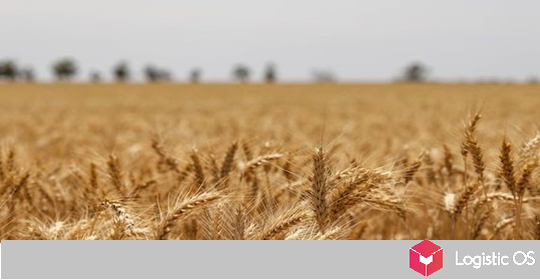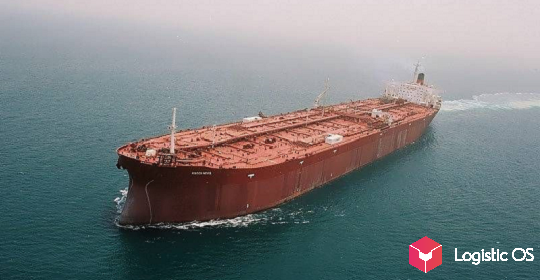We analyze investments in the development of ports.
The expansion of seaports in the world is becoming increasingly difficult: not only is there simply not enough space at the right points, the process is slowed down and difficulties in agreeing on new projects that are evaluated in terms of their impact on the environment.
For example, a major port in Piraeus (Greece) did not get court approval for an expansion because it could not provide an environmental impact assessment.
Also, for environmental reasons, the port in Veracruz (Mexico) was stopped.
Improving the efficiency of supply chains is only one of the options for partially solving the problem.
It is necessary to increase capacities and conquer the sea, which in itself not only requires global efforts, but also requires large-scale investments.
In order to fill the sea with earth at the first stage of construction in the port of Tuas (Singapore), the State Maritime and Port Authority spent 1.8 billion dollars.
In 2015, the Port of Rotterdam began the second phase of the Maasvlakte expansion (a massive man-made expansion of the Europort), having already spent $3.1 billion.
Another potential expansion issue is port depth.
It is far from always possible to deepen the bottom of the ports in order to be able to serve larger vessels, so they decide to expand upwards using various container stowage options to minimize their constant movement when it is necessary to get the right box.
When the options «deeper» and «up» exhaust themselves, they carry out the construction of the so-called «dry» ports located elsewhere.
In such ports, goods are pre-packed into containers that are ready to be loaded on ships upon arrival at the pier without the need to store for several days in the port, reducing, among other things, congestion at the terminals.
For example, Pioneer Partners acquired land in the Mojavi Desert, 150 km from California, specifically to create such an object.
Chinese state-owned railway operators and PSA International (Singapore) formed a joint venture in 2016 to operate a network of dry ports in China.
The network includes 13 domestic rail terminals for the transport of goods to the coast.
Some of them are located at a great distance from the coastline: the Urumqi terminal, for example, is located at a distance of 2,400 kilometers from the Bay of Bengal.
In 2022, the International Financial Corporation signed an agreement with the logistics group YCH Group (Singapore) and T&T Group (Vietnamese conglomerate) on the construction of an internal container warehouse worth $300 million, which will start operating in 2024 (Vietnam Superport project).
In general, if we analyze the largest investments in logistics of recent times, it is quite obvious that the center of gravity is shifting to the East.
The Mediterranean Shipping Company (MSC) has announced five new intra-Asian flights and has also entered into a $6 billion joint venture with the government of Ho Chi Minh City, Vietnam, to build a port by 2027 that is expected to become the country’s largest port.
A.P. Moller-Maersk, MSC’s biggest competitor, has completed its $3.6 billion acquisition of Hong Kong firm lf Logistics, bringing together 223 warehouses and 10,000 employees across the continent under its own name with a clear focus on Asia.
Singapore-based investment firm GLP, which specializes in logistics real estate, has set up a $1.1 billion Vietnam-focused fund and a $3.7 billion Japan-focused fund.
According to International Monetary Fund (IMF) forecasts, from 2022 to 2027, the fastest growing bloc in the world in terms of trade volume will be Southeast Asia, and more specifically Indonesia, Malaysia, Singapore, the Philippines and Thailand.

